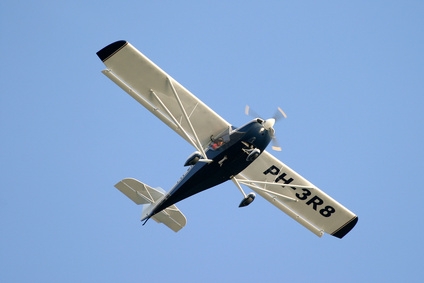
According to the Aircraft Owners and Pilots Association, an alternator malfunction is indicated by battery low-voltage indications or a less-than-zero readout on your aircraft ammeter. Indications of a low charge on your battery may be more indicative of a voltage regulator problem than an alternator problem. Other symptoms are also indicative of alternator issues.
Notice a silent radio. Conspicuous absence of radio traffic may be your first indication of electrical (alternator) problems. Check to see if your ammeter is reading low.

Turn the alternator switch (or circuit breaker) off and back on again to see if the anomalies are resolved. If the ammeter is still showing a discharge, this means your aircraft's engine is not powering the electrical system.
Land immediately. If you are not getting electrical power from the alternator, you are in an urgent situation.
Open the engine cowling of your aircraft using a screwdriver or other appropriate cowl-opening tool.

Identify the alternator and look at the belts. Frayed alternator belts may cause an alternator to not output enough voltage to keep your electrical system properly alive. A missing belt means your alternator cannot function. Up to and including checking your belts, your actions are considered "preventative maintenance" under Federal Aviation Regulations Part 43 and are legal to undertake as an aircraft owner. All further steps requires that you be have the work completed by, or be supervised by, a qualified Airframe and Powerplant (A&P) mechanic.
Check for loose or damaged wiring. Your A&P may use a voltmeter to check for more complicated electrical issues with the aircraft.
Remove the alternator. Read your service manual for specific instructions about how to do this. Check for wiring faults and other external problems, or have it bench-tested. Most internal problems will need to be diagnosed by the manufacturer.